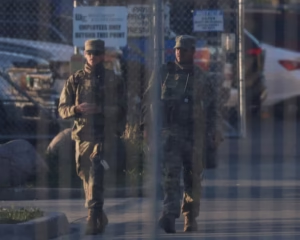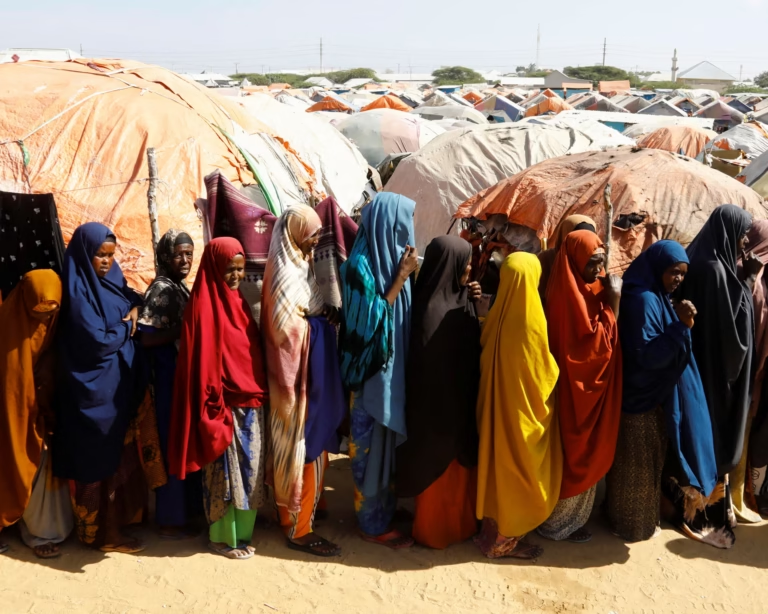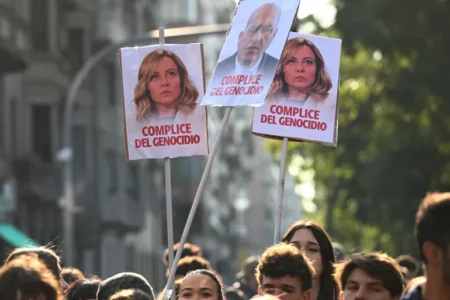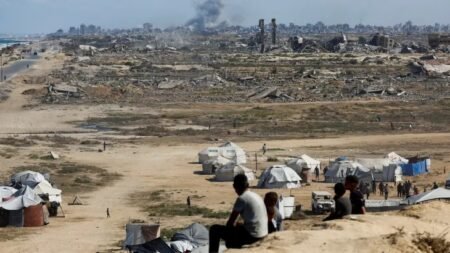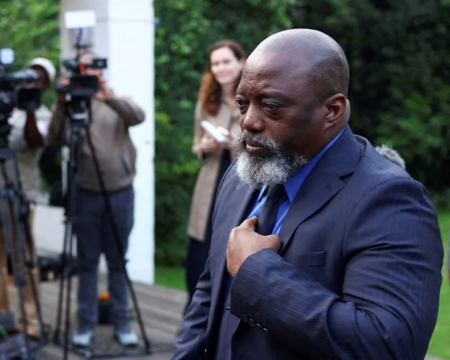In early July, Maryan Abdikadir Geedi decided to leave her small shop in Moqokori, a town in Somalia’s Hiiraan region. Though she had witnessed al-Shabaab’s rapid advances, she had hoped to stay. Since her marriage in 2013, control over Moqokori had changed hands repeatedly, but the latest surge by the Islamist militant group felt different.
“Just like how the rain comes and goes, so does control over Moqokori, but this time it was different,” Geedi said. By July, al-Shabaab had moved within 40 kilometers of Mogadishu, raising fears that the capital might be captured. Geedi fled to Buloburde, 90 kilometers away, with her husband and nine children.
Al-Shabaab’s offensive, launched in February, has reclaimed territory lost to government forces and allied tribal militias in 2023, extending its control across much of Somalia. Despite this, frontline positions have stabilized in recent weeks, and Mogadishu continues to grow with new construction. Observers largely agree the capital is unlikely to fall.
The US has intensified airstrikes against al-Shabaab but has signaled it will not return the hundreds of special forces withdrawn during Donald Trump’s first term. Instead, Turkey, the United Arab Emirates, Uganda, and now Egypt have provided troops, training, or air support, while the African Union mission continues to deploy thousands of soldiers. Analysts argue that without this international backing, government forces could collapse.
“It’s a strategic stalemate,” said Samira Gaid, a regional security analyst with Mogadishu-based thinktank Balqiis. “Al-Shabaab is not interested in taking Mogadishu. They hold many smaller towns and rural areas, and the stalemate will persist as long as the government has the edge provided by foreign troops.”
The militants’ recent gains have dealt a blow to the morale of Somalia’s fragmented security forces. A 42-year-old Somalia National Army veteran in Beledweyne said he had lost 20 comrades and been wounded twice. “I’ve fought in many areas that have since been recaptured by al-Shabaab. They believe if they die, heaven awaits them, while most soldiers just want to return to their families,” he said.
The veteran warned that capturing strategic towns allows al-Shabaab to move fighters and supplies across southern and central Somalia, putting more areas at risk. Analysts point to political divisions as the main reason for the government’s struggles. Ahmed Soliman, an East Africa expert at Chatham House in London, said the fragmented political landscape hinders coordination among federal, local, and international forces. “Al-Shabaab is taking advantage of this fragmentation,” he said.
Funding for the $160 million African Union force in Somalia is also uncertain, further complicating operations. Three weeks after Moqokori fell, al-Shabaab seized Maxaas, another strategic town, prompting widespread displacement. Nimo Abdi Barre, 37, fled with her six children to Beledweyne. She described her journey as terrifying, with fears of IEDs and landmines along the way.
“I’m here with my family, but nothing is worse than feeling like a refugee on your own soil,” Nimo said. “I want to return home, but only time will tell if I ever get the chance.” Despite the threats, Mogadishu and other key cities remain under government control, largely due to international support. Analysts warn, however, that if political divisions are not addressed, al-Shabaab could continue its advance, threatening more towns and rural communities.
Al-Shabaab’s resurgence highlights how Islamist militants exploit weak governance and fragmented politics to regain influence. The situation remains tense, and while the current stalemate provides some relief, experts caution that the worst may not yet be over for Somalia.



